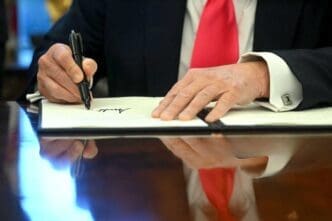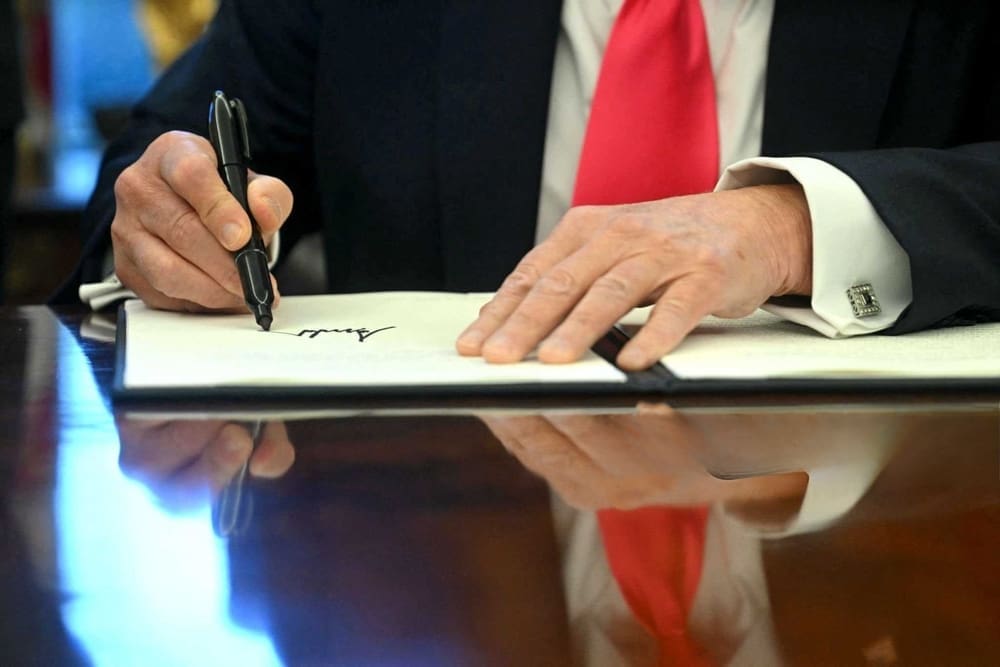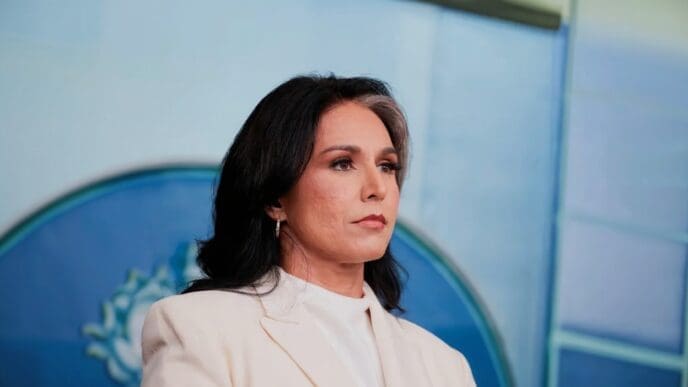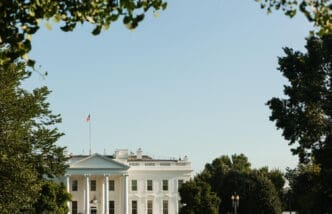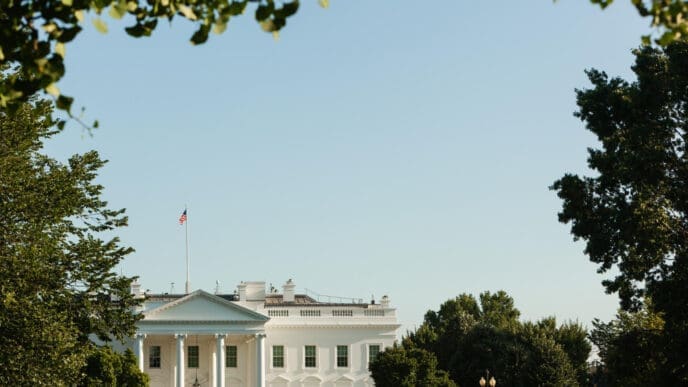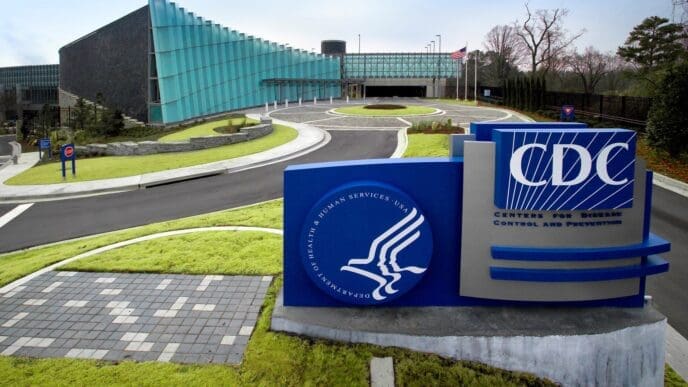Executive Summary
- President Donald Trump signed an executive order mandating classical architecture as the preferred and default style for all new federal buildings.
- The order specifically aims to discourage brutalist, deconstructivist, and other modernist architectural styles, asserting that federal construction should “uplift and beautify public spaces.”
- The administrator of the General Services Administration (GSA) is responsible for implementing the order, with proposed projects deviating from the classical style requiring notification to the president.
The Story So Far
- The executive order reflects President Trump’s broader aesthetic preferences for classical styles, which have previously influenced renovations within the White House and are seen as aligning with national values. This directive also seeks to reverse a trend from the 1960s where federal buildings began favoring modernist designs, which the administration claims were often unpopular with the public, by mandating that new federal construction should “uplift and beautify public spaces” and “command respect.”
Why This Matters
- President Trump’s executive order will fundamentally reshape the aesthetic of new federal buildings by mandating classical architecture and explicitly discouraging modernist styles, thereby reflecting his personal aesthetic preferences and centralizing control over the design of future public structures across the nation.
Who Thinks What?
- President Donald Trump’s administration believes that new federal buildings should adopt classical architecture to “uplift and beautify public spaces,” “command respect from the general public,” and reverse a trend of unpopular modernist designs.
- Justin Shubow, president of the National Civic Art Society, supports the order, stating that classical public architecture is “noble, beautiful, and admired by the public,” and is “time honored, timeless, and associated with national values and American democracy.”
President Donald Trump signed an executive order on Thursday mandating that all new federal buildings in the United States, particularly within the District of Columbia, adopt classical architecture as the preferred and default style. The directive specifically aims to discourage brutalist, deconstructivist, and other modernist architectural styles, asserting that federal construction should “uplift and beautify public spaces” and “command respect from the general public.”
Order Details and Implementation
The executive order designates the administrator of the General Services Administration (GSA) as responsible for its implementation. Any proposed federal construction projects that deviate from the preferred classical style will require notification to the president by the assistant to the president for domestic policy.
According to a White House fact sheet, the order seeks to reverse a trend from the 1960s when the federal government began favoring modernist and brutalist designs, which the administration claims were often unpopular with the American public.
Support for Classical Design
Justin Shubow, president of the National Civic Art Society, expressed support for the order, stating that it requires new federal buildings to be “noble, beautiful, and admired by the public.” Shubow emphasized that classical public architecture is “time honored, timeless, and associated with national values and American democracy.”
President Trump’s Aesthetic Vision
This executive order reflects President Trump’s broader aesthetic preferences, which have previously influenced renovations within the White House. These changes have included the paving of the Rose Garden and the installation of yellow-striped umbrellas.
Additionally, a 90,000-square-foot ballroom, designed to expand the White House’s entertaining capacity and emulate the gilded aesthetics of his private clubs, is currently under construction. The Oval Office has also been adorned with gold decorations during his tenure.
The executive order marks a significant shift in federal architectural policy, prioritizing classical design principles and aiming to align public buildings with an aesthetic vision that the administration believes resonates more positively with American citizens. Its implementation will guide the future appearance of federal structures across the nation.
